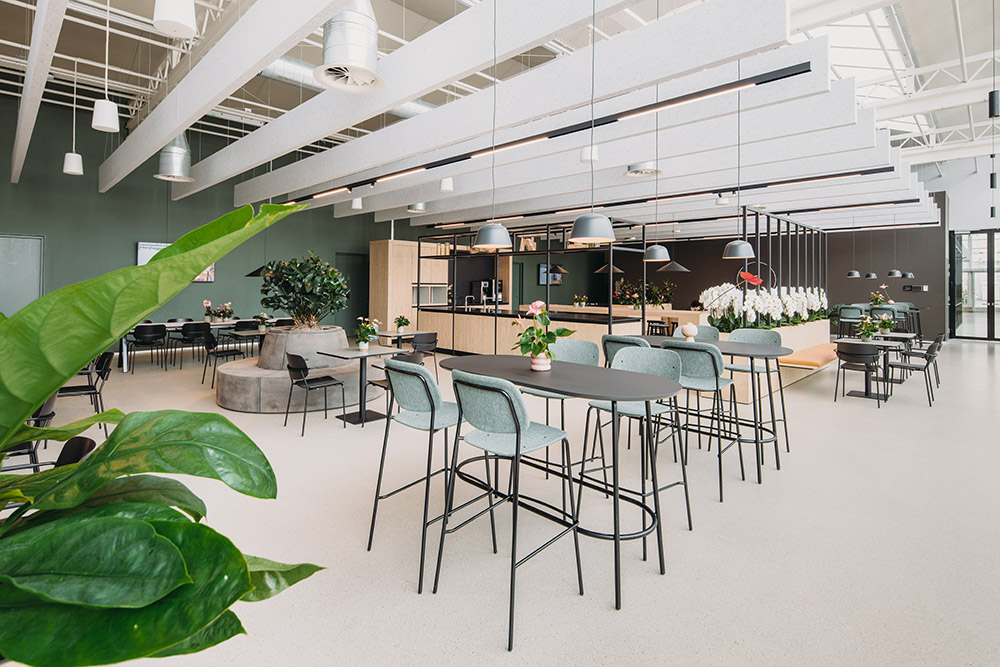
In the world of floor finishes, there is one material that has attracted increasing attention in recent years: polished concrete. This technique has proven itself for decades as a versatile choice for both residential and commercial spaces. Let’s take a closer look at exactly what concrete polishing entails, and why a polished concrete floor can be a smart choice.
Polished concrete involves sanding and polishing the concrete surface with diamond tools, creating a smooth and shiny result. These polished concrete floors not only last a long time but also have a modern and elegant look.
One of the biggest advantages of polished concrete is its longevity. It is resistant to wear, scratches and stains, making it ideal for high-traffic areas. Moreover, it is easy to maintain and hygienic, as it has no joints or seams where dirt and bacteria can accumulate.

The disadvantages of polished concrete
Polished concrete floors have several advantages, but they also have disadvantages. Here are some disadvantages of a polished concrete floor:
Duracryl’s Durastone floor offers a sustainable alternative to polished concrete floors, with a focus on environmental friendliness and aesthetic versatility. As a result, it aligns with the principles of the 3P’s of sustainability. This flooring is made from bio-based materials and recycled components, significantly reducing its carbon footprint. Durastone floors combine the robustness and ease of maintenance of concrete with additional benefits such as improved thermal properties and sound attenuation. Moreover, they are available in a wide range of colours and finishes, offering design flexibility for various interior styles. By choosing Durastone, you contribute to a more sustainable future without compromising on quality or appearance.
Durastone flooring is suitable for a wide range of applications, from homes to commercial and public spaces. It is often used in modern lofts, trendy offices, chic restaurants and even museums and galleries. With its versatility and durability, this floor is the perfect choice for those looking for a floor that is both stylish and practical.